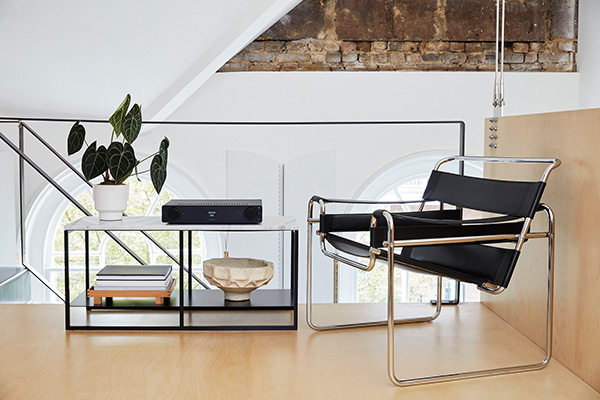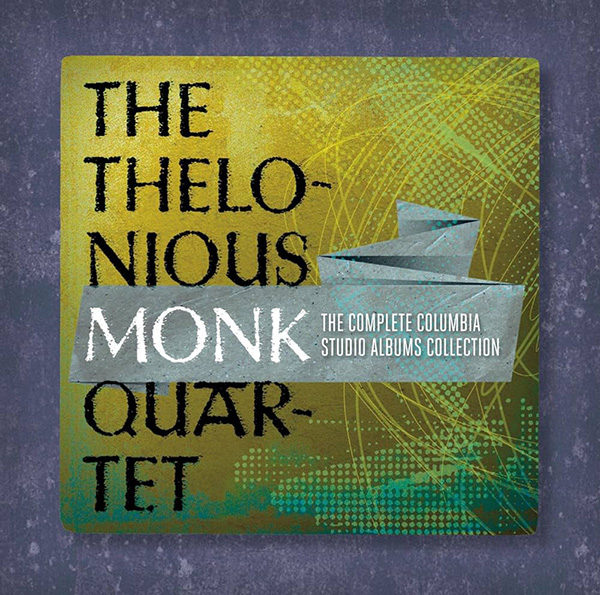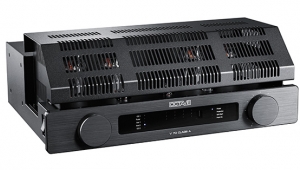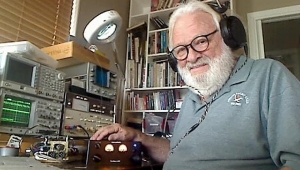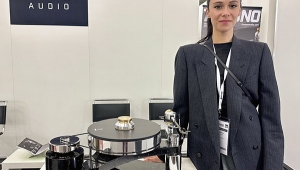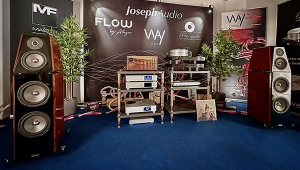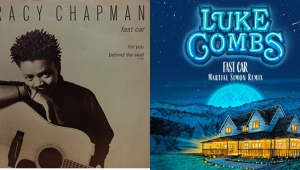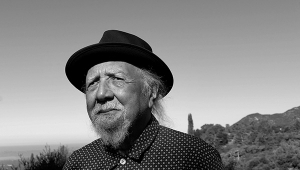| Columns Retired Columns & Blogs |
now we are talking, finally a review of a stereo item that is affordable and therefore an option for must of us. And clearly the pro and cons stated (the A and B rating for the different parts).
Physical CDs sound better than HiRes steamed music because data traffic is the largest cost item for those providers, they have every interest in not sending the best / heaviest file, so they don't do that. Despite the so-called HiRes resolutions, such a streamed file weighs 1/4 to 1/5 of the same song in full CD quality. Look at the MB's of files and you will know which one has more information. As far as I'm concerned, end of the discussion. But I'm just a layman and music enthusiast (who thinks (to?) simply), I'm not a pro.
